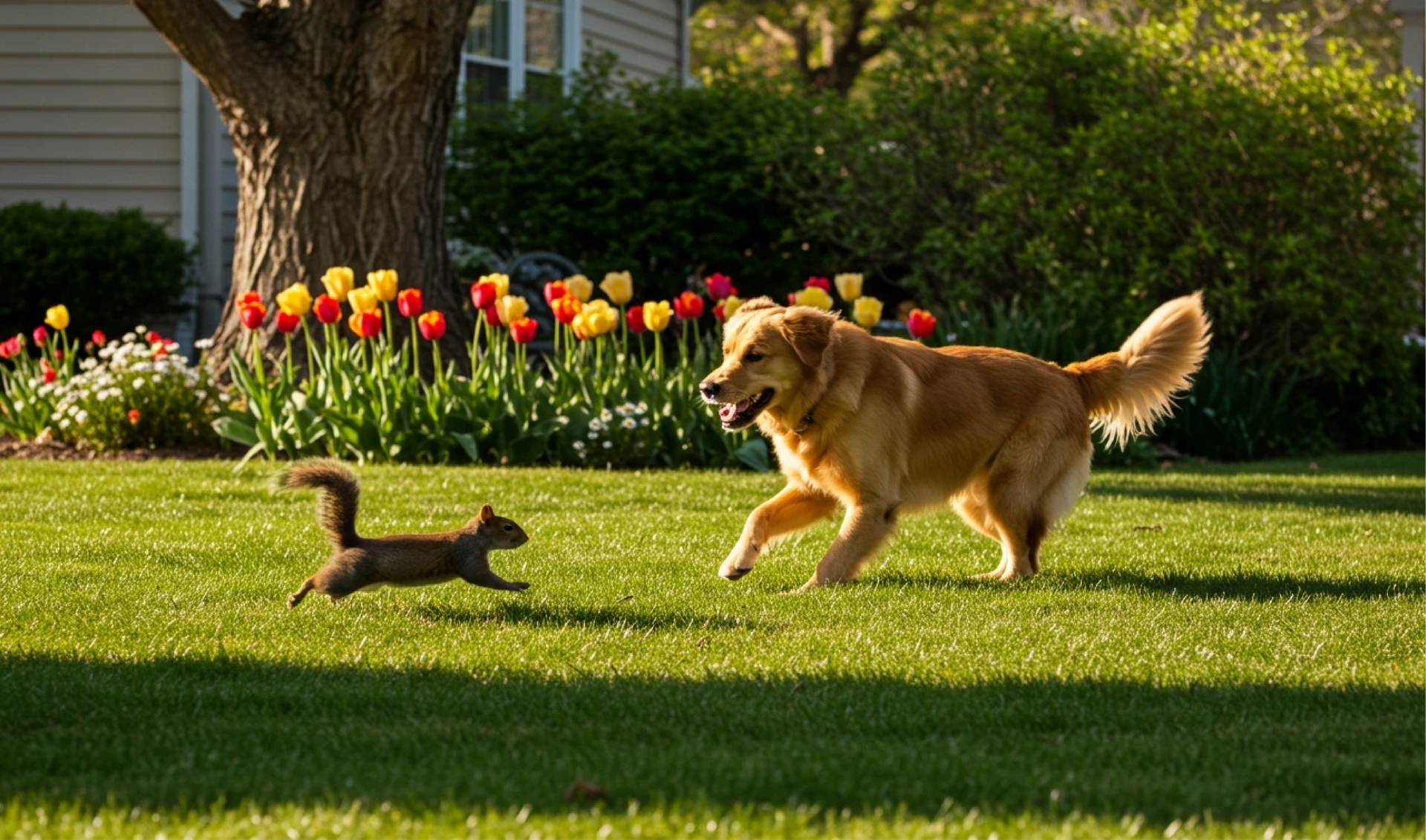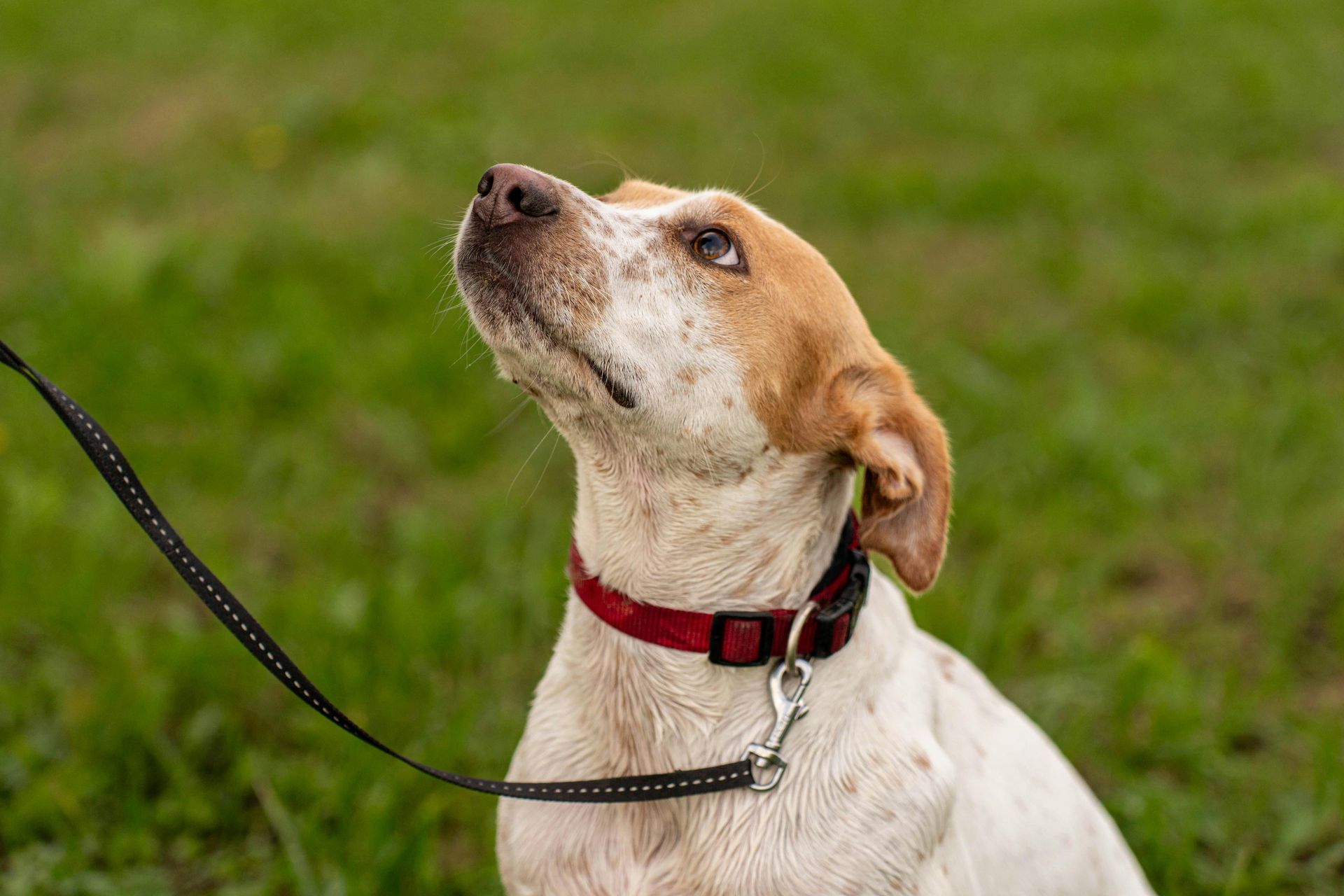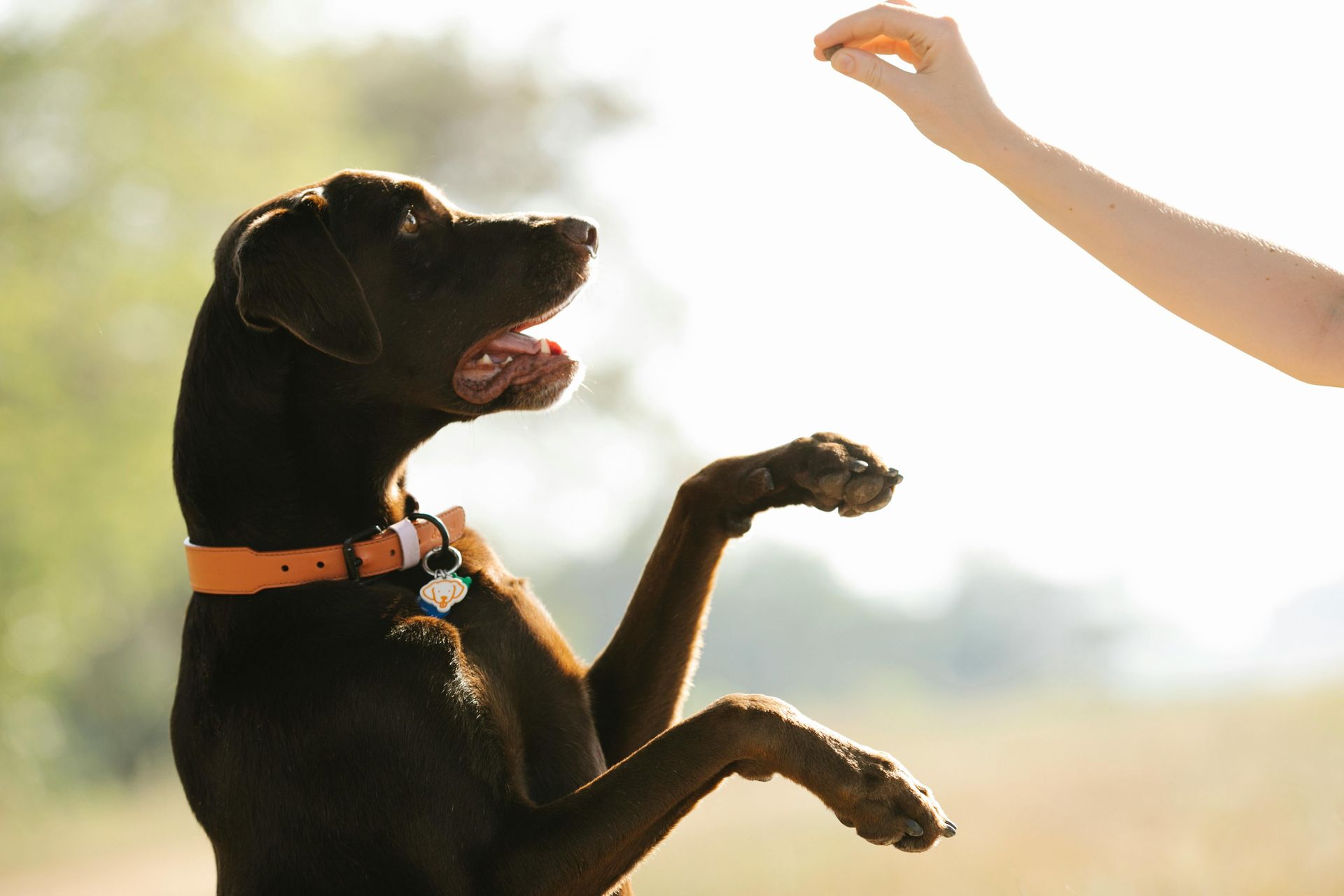Setting Boundaries, Building Trust: Why Clear Rules Matter in Dog Training
Clear expectations create a confident, well-mannered dog.
When it comes to building a strong relationship with your dog, trust and communication go hand in hand. But what often gets overlooked is how clear, consistent boundaries contribute to both. Dogs thrive when they know what’s expected of them—just like people do.
Why Boundaries Matter
Dogs are naturally wired to look for guidance. Without clear rules, they’re left guessing—and guessing often leads to confusion, frustration, or undesirable behavior. When you define what’s acceptable (and what’s not), your dog gains clarity and confidence.
Consistent boundaries also help prevent common behavioral issues, from excessive barking and jumping to leash pulling and resource guarding. Instead of reacting to bad behavior after it happens, you’re proactively shaping better habits through structure.
Boundaries Build Confidence
Setting rules doesn’t mean being harsh. It means being fair and reliable. A dog that knows what to expect from their environment—and from you—is far more relaxed and secure. This confidence makes it easier to learn new skills, adapt to changes, and behave appropriately around other dogs or people.
Whether it’s teaching your dog to wait at the door, not to jump on guests, or to stay off the couch, consistent boundaries help create a calm, respectful home environment.
Tips for Setting Effective Boundaries:
- Be consistent. A rule that applies sometimes is confusing. Stick to it.
- Use clear cues. Words, hand signals, and body language should all match.
- Reinforce the right behavior. Reward what you want to see more of.
- Everyone in the home should be on the same page. Mixed messages = setbacks.
The Bottom Line
Boundaries aren’t about control—they’re about communication. When your dog understands the rules of the home, they feel secure, respected, and ready to succeed. That’s the kind of foundation every great training journey is built on.

